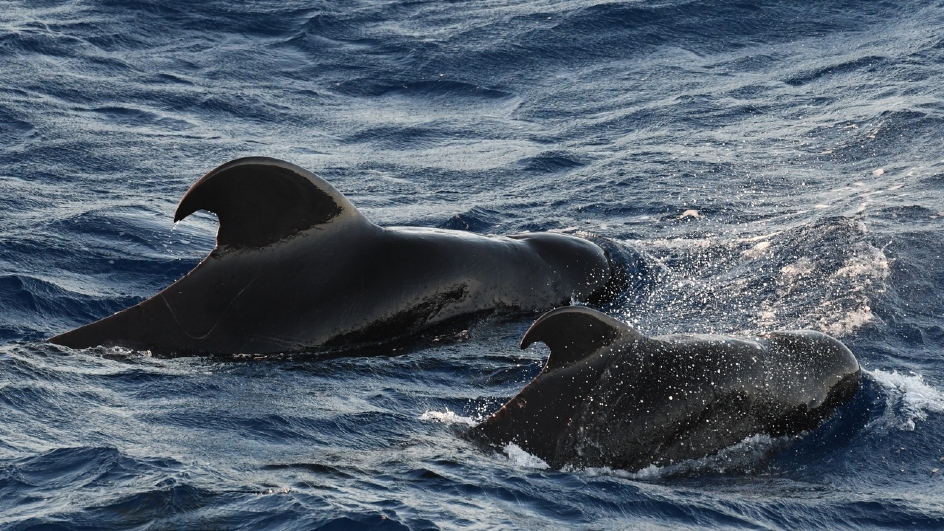Hundreds of Pilot #Whales Die Due to Stranding in #Australia; Few More to be Euthanised
weather.com/en-IN/india/en…
(📸: NOAA)

weather.com/en-IN/india/en…
(📸: NOAA)


In an unprecedented and unfortunate incident, nearly 400 long-finned pilot whales have died due to stranding in Australia’s #Tasmania west coast. On record, it is regarded to be one of the biggest strandings of whales in #Australia.
During the first count, about 270 whales were reported, but the later helicopter survey spotted another 200 whales on Monday. As per the government reports, 88 whales have been rescued so far and another 20 are likely to be guided back again into the water.
Moreover, the rescuers have also stated that few exhausted pilot whales, which are currently stranded and cannot be dragged back into the waters will be euthanised. There are a total of four such whales that will be euthanized as per the latest reports.
This year’s stranding is regarded to be one of the largest globally. The last largest was recorded in 1996, where about 320 whales were beached in Western Australia.
As per experts, more than 80% of the stranding in Australia takes place in Tasmania. Another large mass stranding was registered way back in 1935, where 294 whales were spotted stranded near the shore, while in 2009 about 200 pilot whales were spotted.
The stranding numbers are often very large as most whales and dolphins usually travel in large groups. However, experts state that despite frequent stranding of these Cetacean species, the exact reason is not fully understood.
Experts have hypothesized several theories for this behaviour—some highlight that the whales travel in search of fish for food and they end up coming towards shore, while others say marine noise and vibrations mislead them as they navigate and communicate through sound waves.
#PilotWhales can grow up to 22 ft long, with more than three tonnes of weight, and spend most of their time in deep oceans. The long-finned pilot whales consume squid and fish in the ocean at the depth of 200 m.
Moreover, these are also known to dive to 1,000 m, where these marine mammals can hold their breath for nearly 30 mins. Studies suggest that the female pilot whale can live up to 40 years or more, which is 10 years longer than a male mammal.
#PilotWhales are not enlisted as an endangered animal and, as per estimates, have a population of one million long-finned and 200,000 short-finned pilot whales worldwide.
They usually travel in pods of 20-30 but sometimes it can be as big as 1,000 individuals in the single group. Female pilot whales usually lead the pod and guides others in the group towards food or any danger using echolocation.
To rescue these surviving #whales at least 60 people are required to pull back the large marine animals back into the water. As per reports, 400 carcasses of the whales will now be preferably disposed of in the sea.
#MacquarieHarbour is regarded as the hotspot of such incidents because of its sloping and sandy shore areas. While coming near the shore, the whales usually get stuck on sandbanks and beaches along the remote Macquarie Harbour.
• • •
Missing some Tweet in this thread? You can try to
force a refresh














